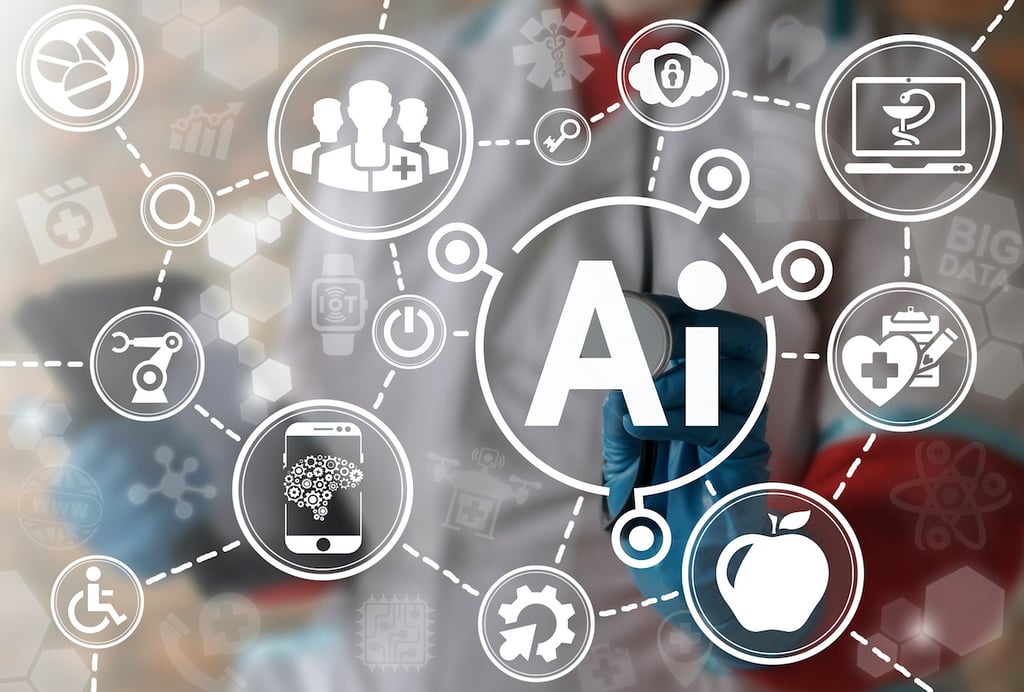Five Ways Automation Speeds Up Big Data Deployments There’s no doubt at this point that when it comes to the Internet of Things (IoT), analytics applications and Hadoop are joined at the hip. The challenge is processing all that data in a way that creates actual intelligence the organization can act on in real time. […]

Five Ways Automation Speeds Up Big Data Deployments

There’s no doubt at this point that when it comes to the Internet of Things (IoT), analytics applications and Hadoop are joined at the hip. The challenge is processing all that data in a way that creates actual intelligence the organization can act on in real time.
To provide that capability, Glassbeam has announced that it has integrated its SCALAR cloud analytics service with Apache Spark, a real-time processing engine that plugs into Hadoop.
Glassbeam CEO Puneet Pandit says that batch processing of Big Data inherently limits the value that organizations can get out of that data. Pandit says organizations are investing in IoT to gain control over processes in real time. But Pandit contends that’s not going to happen unless the data being collected is processed and analyzed in real time.
With more organizations than ever relying on Hadoop to collect that data, Pandit says that Glassbeam is extending its reach to include integration with the Apache Spark engine that runs in-memory on top of Hadoop. The Glassbeam analytics application itself continues to run on top of an implementation of an Apache Cassandra NoSQL database, but collectively, Apache Spark and Cassandra enable the SCALAR service to process much larger IoT analytics applications in the cloud, says Pandit. The entire SCALAR service is then made accessible via RESTful application programming interfaces.
In general, Glassbeam is making a case for not only centralizing the collection of IoT data in the cloud, but also doing it in a way that enables analytics to be run in real time at scale. In fact, as IT organizations continue down the IoT path, many of them are about to discover that given the thirst for information in real time, the batch processing of analytics applications that were the hallmark of traditional data warehousing environments is simply not going to cut it anymore inside or out of the cloud.
MV
Michael Vizard is a seasoned IT journalist, with nearly 30 years of experience writing and editing about enterprise IT issues. He is a contributor to publications including Programmableweb, IT Business Edge, CIOinsight and UBM Tech. He formerly was editorial director for Ziff-Davis Enterprise, where he launched the company’s custom content division, and has also served as editor in chief for CRN and InfoWorld. He also has held editorial positions at PC Week, Computerworld and Digital Review.









